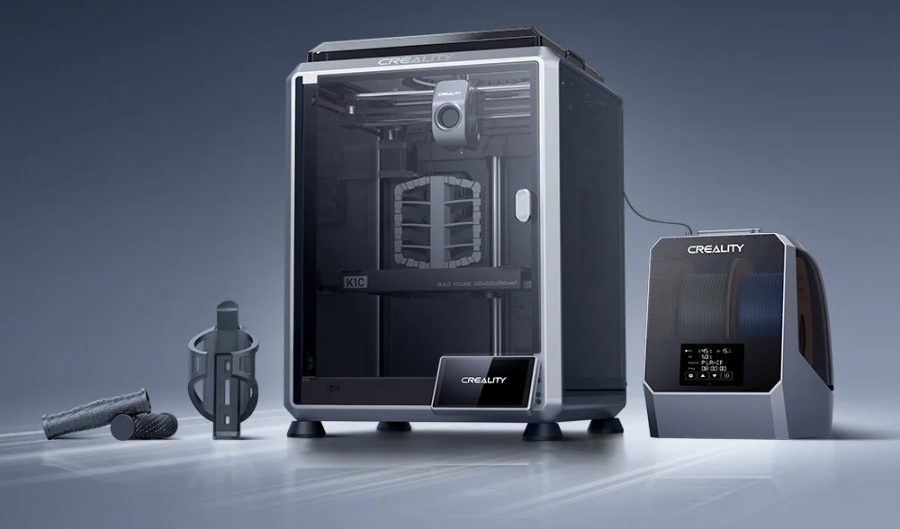As devices like the Apple Watch, Samsung Tizen smartwatches, Fitbit and other health-monitoring devices gain popularity, more people than ever have heart rate-monitoring technology at their disposal. But, their capabilities in providing accurate data and results have always been questioned. However, one cannot just remain blindfolded to ignore the fact that continuous monitoring of health is always better than the annual or bi-annual visit to the doctor’s office. And the University of California, San Francisco (UCSF) has recently published a report echoing this underlying fact about technology.
The University, in its report, has stressed on how health-tracking technology can make a real difference, providing detailed and long-term health data for each patient. Citing an example of a patient named Kathi Sigona, UCSF says that once-in-a-while visits to the doctor’s office cannot entirely disclose the patient’s health conditions or the reason behind it.
Kathi Sigona, a 57-year-old middle school principal, has been feeling like she had “a chest full of writhing worms in a bag” for years. But multiple visits to the doctor couldn’t find any irregularities in her heart. Then during one such random visit, her doctor suddenly noticed that something was wrong with her heartbeat. It eventually turned out that she was suffering from atrial fibrillation, a term she had never heard of. Atrial fibrillation, or AFib, is an irregular and often rapid heart rate that commonly causes poor blood flow. However, the symptoms of the chronic heart disease can come and go, leaving many patients and their doctors in the dark. Sigona was immediately put into the emergency room and diagnosed with AFib, finally relieving her from the years-long difficulties. She is now 69 and is living a happy life after retirement.

There may be thousands of people living with such heart problems, but they never receive the medical care they need. Office visits offer doctors only a snapshot of chronic conditions, and quite many times doesn’t reveal anything at all.
How the Technology for Continual Monitoring helps?
The mobile and continuous health-tracking technology can certainly make a real difference. The technology can provide the doctors with detailed and long-term health data for each patient, eventually helping with diagnosis. They can reveal-out the root triggering the disease, resulting in a more precise care for patients. The problem with doctors is you only see them after you’re sick. With technology, you can actually prevent it before it grows out of control.
Is the current crop of technology reliable?
The straightforward answer would be “No”. But it is still better than an annual visit to the doctor’s office, which is full of blind spots. Abnormal heart conditions, such as AFib, often do not manifest during those brief annual visits. The technology fills-in for the gap in-between the two visits to the doctor, making for a continuous monitoring.
Heart disease, unfortunately, cannot be entirely detected by currently available fitness trackers. There are a few reasons for this: top of them all, the fitness trackers can only monitor your heart rate which is not the metric that doctors use to detect heart disease. Doctors use ECG (Electrocardiography), the measurement of the heart’s electrical activity, which is the accurate metric. Heart rate patterns cannot be indicative of something being medically wrong, or whether it’s because you’ve vigorously exercised. But again, it’s your body, and no one would know better than yourself if there’s something wrong with it. Kathi Sigona, for instance, continued to visit the doctor even when she was told that she’s fine. The reason, she knew something’s wrong with her.
How can the whole thing get better?
Silicon Valley has to step up! More investment, more contextual data monitoring, and above them all, genuine interest in delivering a technology that is actually meant for the betterment of this world and not just monetary benefits. There, obviously, are quite a many hurdles, but “where there is a will, there is a way.”






















